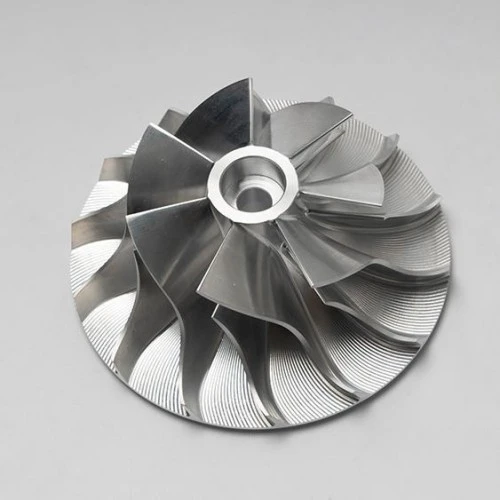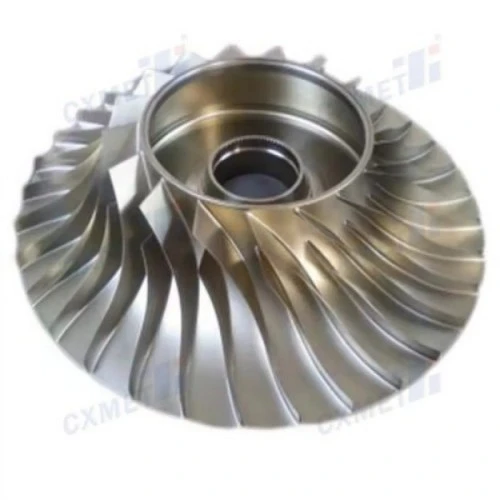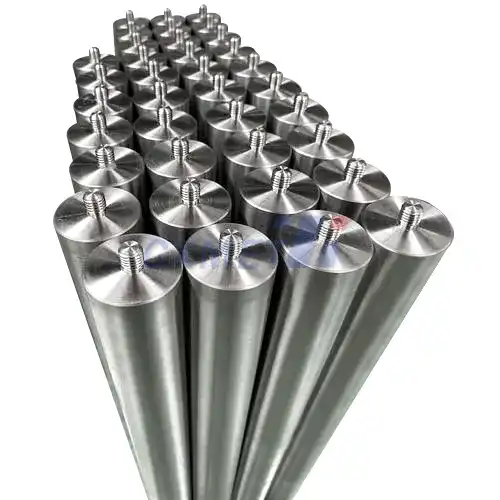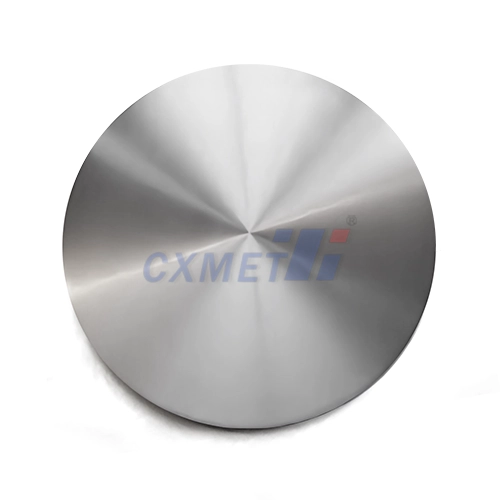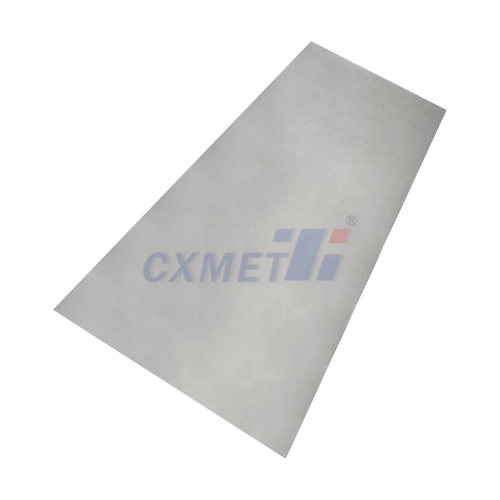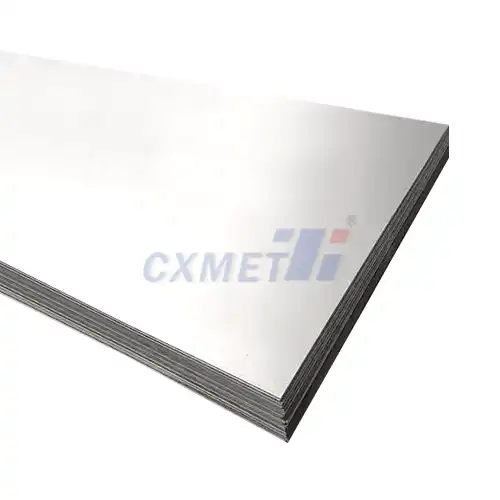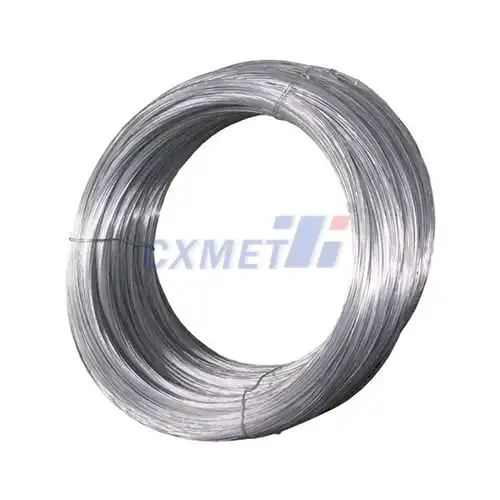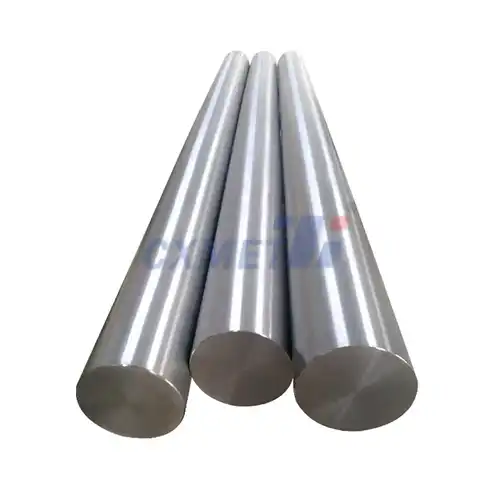What are the temperature limitations of 3D printed titanium parts?
Understanding the temperature restrictions of 3D printed titanium parts is significant for deciding their reasonableness in high-temperature applications. Titanium, in common, has amazing warm resistance properties, with a dissolving point of roughly 1,668°C (3,034°F). In any case, the execution of 3D printed titanium parts in high-temperature situations depends on a few components, counting the particular titanium amalgam utilized, the printing handle, and the part's design.
The most commonly utilized titanium amalgam for 3D printing is Ti-6Al-4V, which keeps up its quality and basic astuteness up to temperatures of approximately 400°C (752°F). Past this temperature, the material's mechanical properties start to debase. Be that as it may, a few specialized titanium combinations created for high-temperature applications can withstand temperatures up to 600°C (1,112°F) or indeed higher.
It's imperative to note that the Customized 3D Printed Titanium Products printing handle itself can impact the temperature resistance of titanium parts. The layer-by-layer nature of added substance fabricating can present minuscule absconds or anisotropic properties that may influence the part's execution at raised temperatures. Post-processing methods, such as warm treatment or hot isostatic squeezing (HIP), can offer assistance make strides the temperature resistance and generally execution of 3D printed titanium parts.
When planning 3D printed titanium parts for high-temperature situations, engineers must consider components such as warm development, crawl resistance, and oxidation resistance. The part's geometry and inside structure can be optimized to improve warm scattering and minimize warm stresses. Moreover, surface medications or coatings may be connected to make strides the part's resistance to oxidation and other high-temperature phenomena.
Despite these contemplations, 3D printed titanium parts have illustrated surprising execution in different high-temperature applications. For case, in the aviation industry, titanium components delivered through added substance fabricating have been effectively utilized in fly motor components, where temperatures can reach a few hundred degrees Celsius. The capacity to make complex geometries and inside cooling channels through 3D printing has empowered the improvement of more productive and lightweight motor parts able of withstanding extraordinary temperatures.
How does the microstructure of 3D printed titanium affect its high-temperature performance?
The microstructure of 3D printed titanium plays a vital part in deciding its high-temperature execution. Not at all like customarily fabricated titanium parts, 3D printed components have a one of a kind microstructure coming about from the layer-by-layer building prepare and quick cementing rates. This unmistakable microstructure can altogether affect the material's mechanical properties and behavior at hoisted temperatures.
One of the key characteristics of Customized 3D Printed Titanium Products is its fine-grained microstructure. The quick cooling rates related with the printing prepare result in littler grain sizes compared to expectedly made titanium. This fine-grained structure can contribute to progressed quality and hardness at room temperature. Be that as it may, at higher temperatures, the behavior of these microstructures gets to be more complex.
The introduction of the grains in 3D printed titanium parts is frequently anisotropic, meaning that the properties can change depending on the course of the connected stack or warm. This anisotropy can lead to contrasts in warm development and mechanical properties in distinctive headings, which must be considered when planning parts for high-temperature applications.
Another vital perspective of the microstructure is the nearness of leftover stresses. These inner stresses, coming about from the quick warming and cooling cycles amid the printing prepare, can influence the part's dimensional steadiness and mechanical behavior at lifted temperatures. Legitimate warm treatment and stretch help forms are regularly fundamental to minimize these leftover stresses and move forward the part's high-temperature performance.
The stage composition of the titanium combination moreover plays a basic part in its high-temperature behavior. For case, the Ti-6Al-4V combination regularly comprises of a blend of alpha and beta stages. The relative extents and dissemination of these stages can impact the material's quality, ductility, and crawl resistance at tall temperatures. The 3D printing handle parameters, such as laser control and filter speed, can be optimized to control the stage composition and accomplish the craved microstructure for particular high-temperature applications.
Researchers and engineers are persistently working to make strides the high-temperature execution of 3D printed titanium parts by fitting the microstructure. This incorporates creating modern combination compositions particularly outlined for added substance fabricating, as well as optimizing printing parameters and post-processing strategies to accomplish the wanted microstructural characteristics.
Advanced characterization methods, such as electron microscopy and X-ray diffraction, are utilized to analyze the microstructure of 3D printed titanium parts and connect it with their high-temperature execution. This information makes a difference in creating prescient models and plan rules for making titanium components that can withstand extraordinary temperatures whereas keeping up their auxiliary astuteness and mechanical properties.
What are the potential applications of 3D printed titanium parts in high-temperature industries?
The unique properties of 3D printed titanium parts, combined with the design flexibility offered by additive manufacturing, have opened up a wide range of potential applications in high-temperature industries. These components are finding increasing use in sectors where extreme heat resistance, lightweight structures, and complex geometries are required.
One of the most prominent applications of Customized 3D Printed Titanium Products parts in high-temperature environments is in the aerospace industry. Jet engines, in particular, benefit from the use of additively manufactured titanium components. These parts include turbine blades, combustion chambers, and exhaust nozzles, which are subjected to extreme temperatures during operation. The ability to create intricate internal cooling channels and optimize the part geometry through 3D printing allows for improved thermal management and overall engine efficiency.
In the space industry, 3D printed titanium parts are being used in rocket engines and propulsion systems. These components must withstand not only high temperatures but also rapid temperature changes and extreme mechanical stresses. The lightweight nature of titanium, combined with the ability to create complex structures, makes 3D printed parts ideal for reducing the overall weight of spacecraft while maintaining their thermal and structural performance.
The automotive industry is another sector exploring the use of 3D printed titanium parts in high-temperature applications. Racing cars and high-performance vehicles often incorporate titanium components in their exhaust systems, turbochargers, and engine components. These parts must withstand the intense heat generated during operation while contributing to overall weight reduction and improved performance.
In the energy sector, 3D printed titanium parts are finding applications in gas turbines and other power generation equipment. The ability to create complex cooling geometries and optimize material distribution allows for the development of more efficient and durable turbine components that can operate at higher temperatures, ultimately improving energy conversion efficiency.
The chemical and petrochemical industries are also benefiting from 3D printed titanium parts in high-temperature environments. Heat exchangers, reactors, and process equipment often require materials that can withstand corrosive environments and elevated temperatures. Titanium's excellent corrosion resistance and the ability to create complex geometries through 3D printing enable the production of more efficient and durable components for these demanding applications.
In the field of hypersonic flight and advanced propulsion systems, 3D printed titanium parts are being investigated for their potential to withstand the extreme temperatures and aerodynamic forces encountered at hypersonic speeds. The ability to create lightweight, heat-resistant structures with optimized geometries makes titanium an attractive material for these cutting-edge applications.
As additive manufacturing technologies continue to advance, the potential applications for 3D printed titanium parts in high-temperature industries are likely to expand further. Ongoing research and development efforts are focused on improving the temperature resistance of titanium alloys, optimizing printing processes for high-temperature applications, and developing new design methodologies to fully exploit the capabilities of additive manufacturing in extreme environments.
Conclusion
Customized 3D Printed Titanium Products parts have demonstrated significant potential for use in high-temperature environments across various industries. While there are challenges to overcome, such as optimizing microstructures and addressing anisotropic properties, the unique capabilities of additive manufacturing offer exciting opportunities for creating high-performance components capable of withstanding extreme temperatures. As research and development in this field continue to progress, we can expect to see even more innovative applications of 3D printed titanium parts in high-temperature industries, pushing the boundaries of what is possible in advanced engineering and materials science.
At SHAANXI CXMET TECHNOLOGY CO., LTD, we take pride in our extensive product range, which caters to diverse customer needs. Our company is equipped with outstanding production and processing capabilities, ensuring the high quality and precision of our products. We are committed to innovation and continuously strive to develop new products, keeping us at the forefront of our industry. With leading technological development capabilities, we are able to adapt and evolve in a rapidly changing market. Furthermore, we offer customized solutions to meet the specific requirements of our clients. If you are interested in our products or wish to learn more about the intricate details of our offerings, please do not hesitate to contact us at sales@cxmet.com. Our team is always ready to assist you.
References
1. Liu, S., & Shin, Y. C. (2019). Additive manufacturing of Ti6Al4V alloy: A review. Materials & Design, 164, 107552.
2. Gurrappa, I. (2003). Characterization of titanium alloy Ti-6Al-4V for chemical, marine and industrial applications. Materials Characterization, 51(2-3), 131-139.
3. Ahmadi, S. M., Yavari, S. A., Wauthle, R., Pouran, B., Schrooten, J., Weinans, H., & Zadpoor, A. A. (2015). Additively manufactured open-cell porous biomaterials made from six different space-filling unit cells: The mechanical and morphological properties. Materials, 8(4), 1871-1896.
4. Inagaki, I., Takechi, T., Shirai, Y., & Ariyasu, N. (2014). Application and features of titanium for the aerospace industry. Nippon Steel & Sumitomo Metal Technical Report, 106, 22-27.
5. Qian, M., Xu, W., Brandt, M., & Tang, H. P. (2016). Additive manufacturing and postprocessing of Ti-6Al-4V for superior mechanical properties. MRS Bulletin, 41(10), 775-784.
6. Kazantseva, N., Krakhmalev, P., Yadroitsev, I., Fefelov, A., Merkushev, A., Ilyinykh, M., ... & Vinogradova, N. (2018). Oxygen and nitrogen concentrations in the Ti-6Al-4V alloy manufactured by direct metal laser sintering (DMLS) process. Materials Letters, 209, 311-314.
